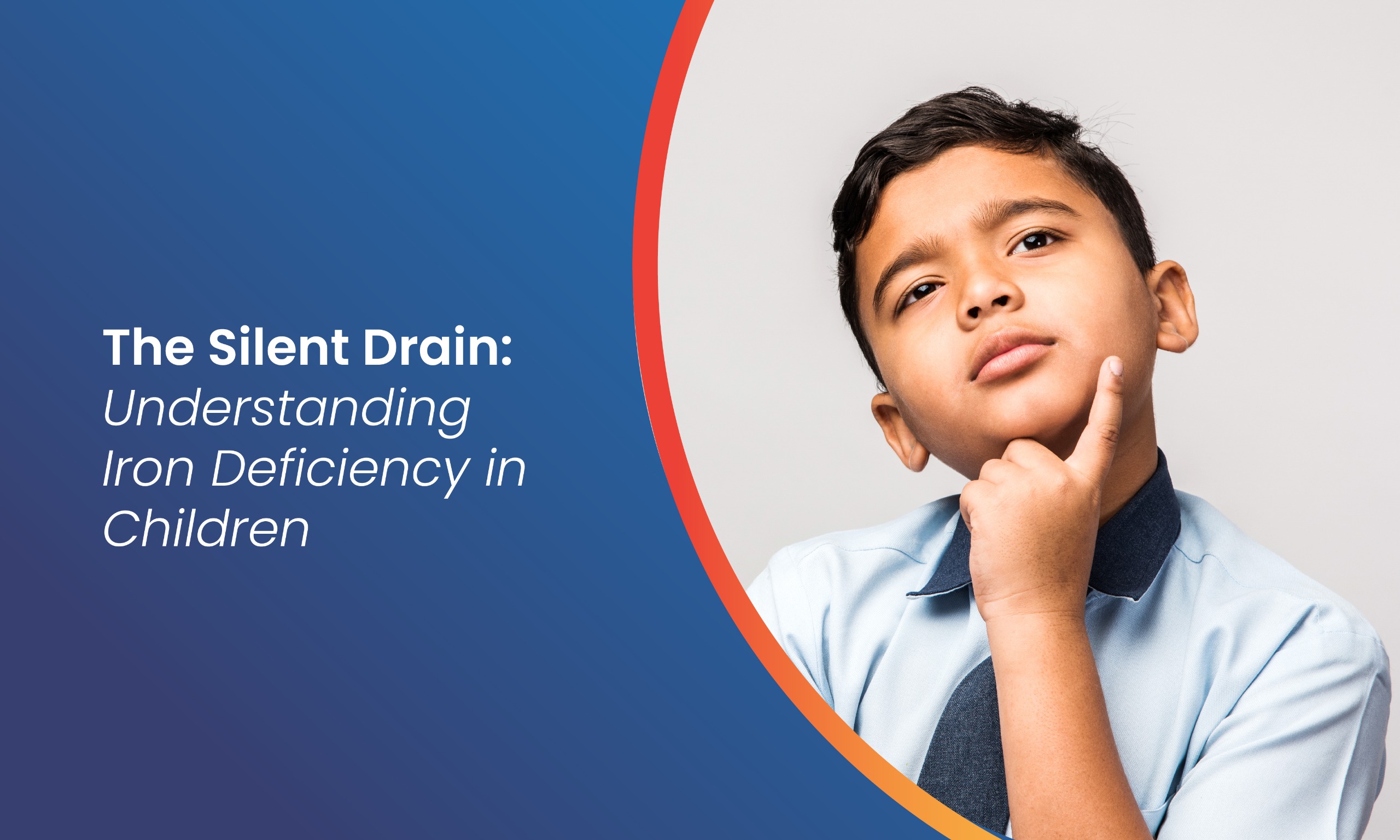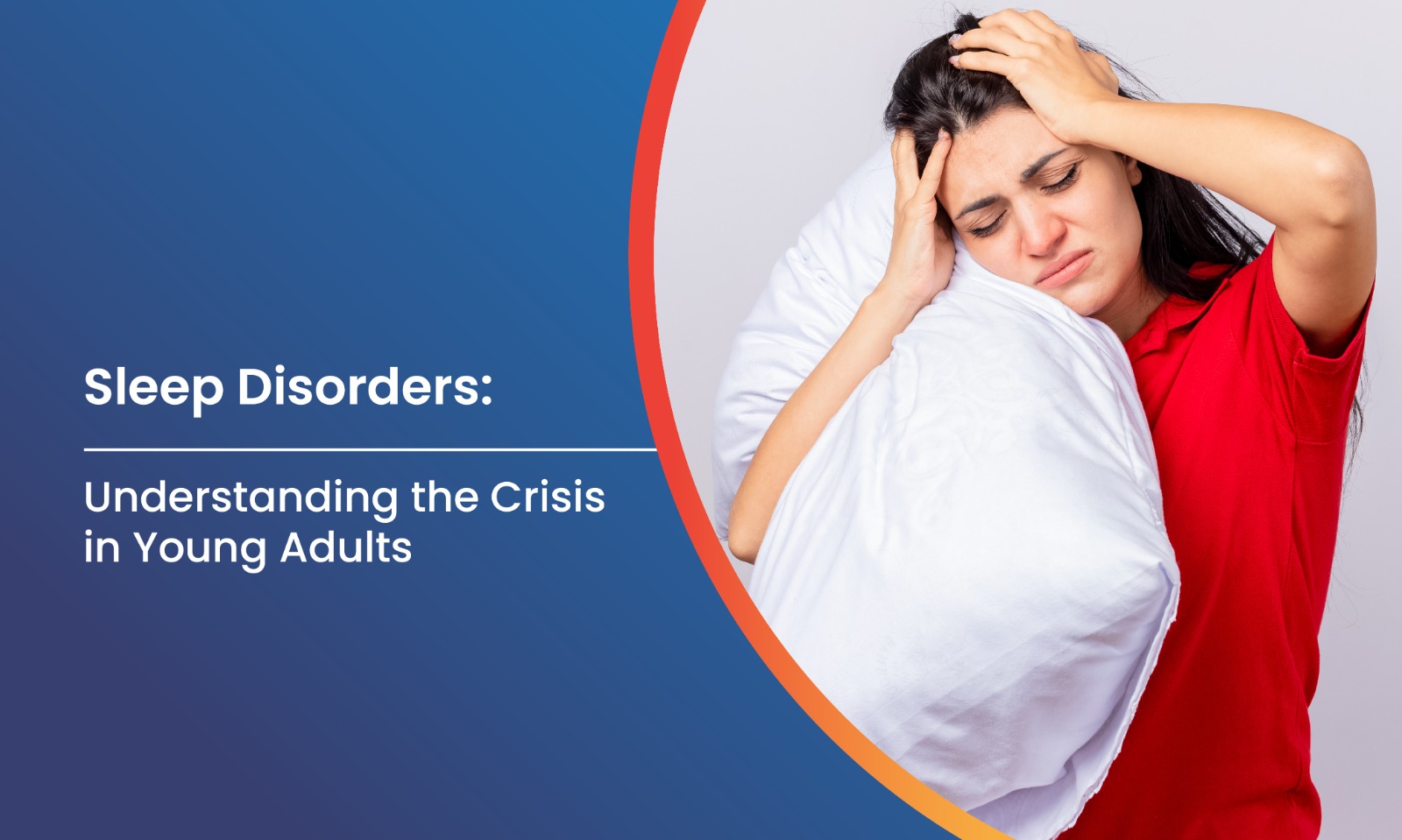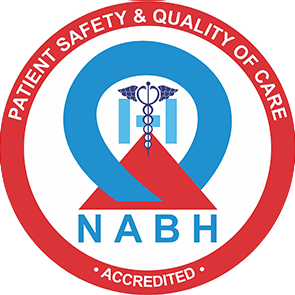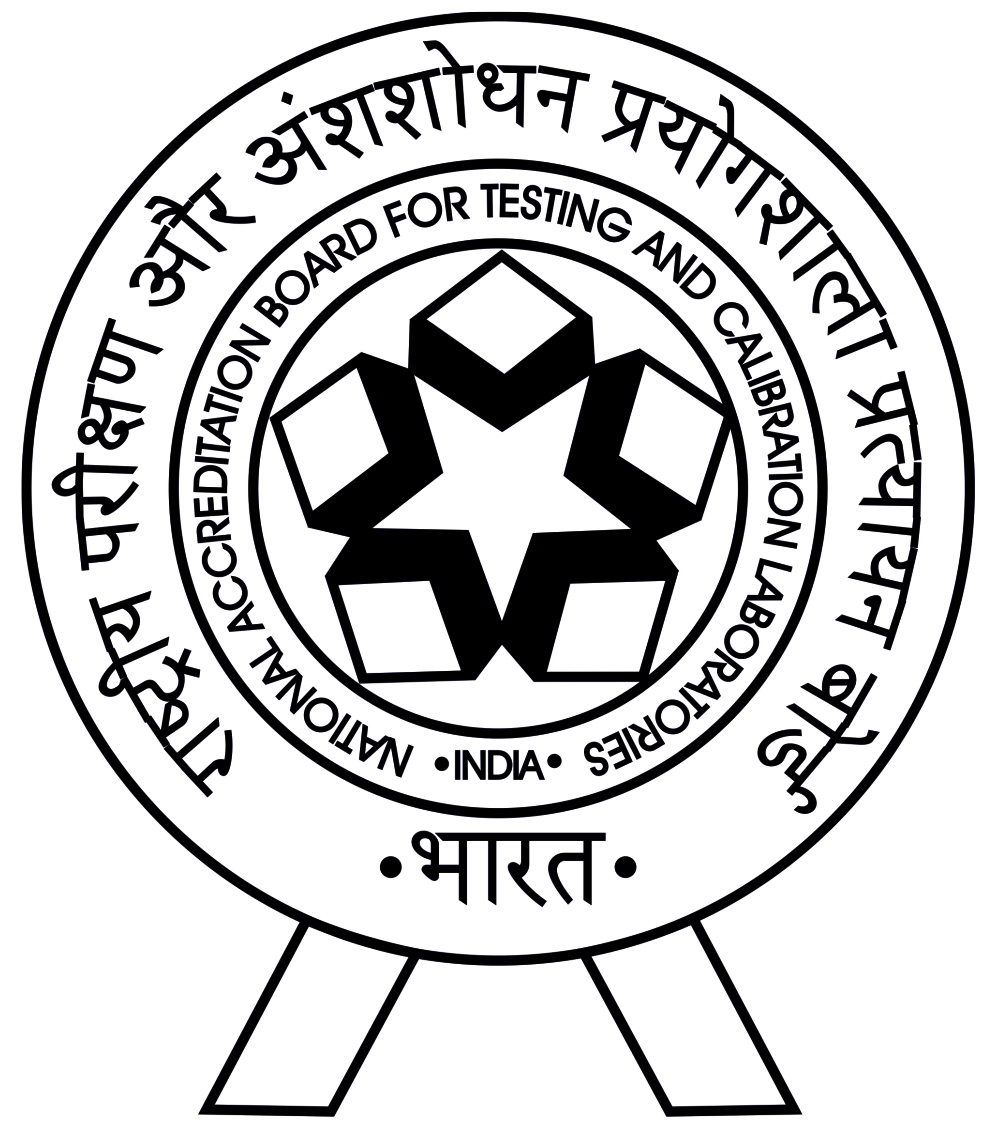The Silent Drain: Understanding Iron Deficiency in Children

The Silent Drain: Understanding Iron Deficiency in Children
Iron deficiency in children is a hidden yet widespread health concern that often goes unnoticed until severe symptoms appear. This silent drain on a child's well-being can impair growth, cognitive development, and overall energy levels if left untreated. Parents and caregivers must recognise early signs to prevent long-term consequences.
Many children suffer from iron deficiency due to poor dietary habits, rapid growth phases, or underlying medical conditions. Without adequate iron, the body struggles to produce haemoglobin, leading to fatigue and weakened immunity. Addressing this issue early can ensure healthier development and improved quality of life.
Table of Contents
- What Is Iron Deficiency?
- Causes of Iron Deficiency in Children
- Signs and Symptoms to Watch For
- Long-Term Effects of Untreated Iron Deficiency
- Diagnosis and Testing Methods
- Treatment and Prevention Strategies
- Special Considerations for Different Age Groups
- The Role of Diet in Preventing Iron Deficiency
- When to Seek Medical Help
- FAQs
What Is Iron Deficiency?
Iron deficiency occurs when the body lacks sufficient iron to produce haemoglobin, the protein in red blood cells responsible for oxygen transport. This condition can progress to iron deficiency anaemia, where low haemoglobin levels reduce oxygen delivery to tissues, causing fatigue and developmental delays. Early detection is crucial to prevent long-term health complications in growing children.
- Haemoglobin Function: Iron binds with oxygen, enabling red blood cells to supply it to organs and muscles.
- Stages of Deficiency: Begins with depleted iron stores, followed by reduced red blood cell production, and finally, anaemia.
- Prevalence: Affects nearly 20% of children globally, with higher rates in low-income populations.
- High-Risk Groups: Infants, toddlers, teens, and picky eaters are most vulnerable due to growth demands.
- Body's Iron Reserves: The liver stores iron, but prolonged deficiency exhausts these reserves.
Causes of Iron Deficiency in Children
Iron deficiency in children is often caused by multiple factors, including inadequate nutrition, rapid growth, and certain medical conditions. Dietary gaps are the most common cause, especially in individuals who are picky eaters or those consuming excessive amounts of milk, which can inhibit iron absorption. Chronic blood loss from gastrointestinal issues or heavy menstruation in teens also contributes significantly.
Poor Dietary Intake: Lack of iron-rich foods like meat, beans, and leafy greens.
Growth Spurts: Increased iron demand during infancy and adolescence.
• Malabsorption Issues: Celiac disease or high milk intake impairing iron uptake.
• Blood Loss: Frequent nosebleeds, parasites, or menstrual bleeding depleting iron.
• Premature Birth: Missed iron transfer from the mother in the third trimester.
• Plant-Based Diets: Non-heme iron from plants is less bioavailable than heme iron.
Signs and Symptoms to Watch For
Iron deficiency symptoms often develop gradually, making them easy to overlook. Fatigue and pale skin are common early signs, while severe cases may lead to behavioural changes and developmental delays. Pica, the craving for non-food items such as ice or dirt, is a classic yet frequently overlooked indicator of iron deficiency in young children.
- Fatigue & Weakness: Persistent tiredness due to low oxygen circulation.
- Pale Skin/Nails: Reduced haemoglobin causes noticeable paleness.
- Poor Appetite: Children may eat less due to low energy levels.
- Frequent Illnesses: Weakened immune function increases infection risk.
- Behavioural Issues: Irritability, poor focus, and learning difficulties.
- Pica: Unusual cravings for dirt, chalk, or ice.
Long-Term Effects of Untreated Iron Deficiency
Chronic iron deficiency can have irreversible effects on a child's physical and cognitive development. The brain requires iron for neurotransmitter function, and prolonged deficiency may lead to lasting learning disabilities. Additionally, untreated anemia strains the heart, increasing the risk of cardiovascular complications later in life.
- Cognitive Delays: Impaired memory, attention, and academic performance.
- Growth Retardation: Reduced muscle mass and shorter stature.
- Heart Complications: Increased cardiac workload leading to potential damage.
- Motor Skill Deficits: Poor coordination and muscle weakness.
- Behavioral Disorders: Higher likelihood of ADHD-like symptoms.
Diagnosis and Testing Methods
Accurate diagnosis involves blood tests to measure haemoglobin, iron stores, and red blood cell health. A complete blood count (CBC) is the first step, followed by serum ferritin tests to assess iron reserves. In some cases, additional tests like reticulocyte count or peripheral smear may be needed to rule out other conditions.
- CBC Test: Checks haemoglobin, hematocrit, and red blood cell levels.
- Serum Ferritin: Measures stored iron; low levels indicate deficiency.
- Reticulocyte Count: Evaluates bone marrow's red blood cell production.
- Iron/TIBC Test: Assesses blood's iron-carrying capacity.
- Peripheral Smear: Examines blood cell shape and abnormalities.
Treatment and Prevention Strategies
Treatment focuses on replenishing iron through diet and supplements while addressing underlying causes. Iron-rich foods like lean meats, lentils, and fortified cereals should be prioritized. Vitamin C enhances iron absorption, while excessive milk intake should be limited to prevent interference with iron uptake.
- Iron-Rich Diet: Include red meat, spinach, beans, and fortified grains.
- Vitamin C Pairing: Oranges, tomatoes, or bell peppers with iron meals.
- Supplements: Paediatrician-recommended iron drops or chewables.
- Milk Moderation: Limit to 16-24 oz/day to avoid absorption issues.
- Regular Monitoring: Follow-up blood tests to track progress.
- Medical Intervention: Treat conditions like celiac disease or parasites.
Special Considerations for Different Age Groups
Iron needs vary significantly across different developmental stages, requiring age-specific approaches to prevention and treatment. Infants under 12 months need iron-fortified formula or supplements if exclusively breastfed. Toddlers transitioning to solid foods should be introduced to iron-rich options early to prevent iron deficiencies.
- Infants (0-12 months): Breast milk is low in iron; supplementation may be needed after 4-6 months.
- Toddlers (1-3 years): Rapid growth increases iron demands; limit milk to 16-24 oz daily.
- School-Age Children: Ensure a balanced diet with heme and non-heme iron sources.
- Adolescents: Growth spurts and menstruation increase iron needs significantly.
The Role of Diet in Preventing Iron Deficiency
A well-planned diet is the first line of defence against iron deficiency. Heme iron from animal sources is more easily absorbed than non-heme iron from plants. Combining iron-rich foods with vitamin C sources can enhance absorption, while calcium-rich foods should be spaced apart from iron meals.
- Best Animal Sources: Beef, chicken liver, oysters, and turkey.
- Best Plant Sources: Lentils, tofu, spinach, and fortified cereals.
- Absorption Boosters: Vitamin C-rich foods like oranges and bell peppers.
- Absorption Inhibitors: Calcium, tea, and coffee should be avoided near iron meals.
When to Seek Medical Help
While mild iron deficiency can often be corrected through dietary changes, certain situations require prompt medical attention. If a child shows signs of severe anaemia, such as shortness of breath, rapid heartbeat, or extreme fatigue, immediate evaluation is necessary. Children with chronic conditions affecting iron absorption should have regular monitoring.
- Warning Signs: Extreme fatigue, rapid breathing, or heart palpitations.
- High-Risk Cases: Premature infants or those with chronic illnesses.
- No Improvement: Symptoms persist despite dietary changes.
- Developmental Concerns: Delayed milestones or learning difficulties.
Iron deficiency in children is a preventable yet often overlooked condition with serious consequences. Recognizing symptoms early, ensuring a balanced diet, and seeking medical advice can safeguard a child's growth and development. By taking proactive steps, parents can combat this silent drain and promote lifelong health.
Frequently Asked Questions (FAQ)
Q1. At what age are children most vulnerable to iron deficiency?
Children are most vulnerable during periods of rapid growth, specifically during infancy (6-24 months) and adolescence (12-18 years). Premature babies and those with low birth weight are at particularly high risk due to limited iron stores.
Q2. Can iron deficiency affect my child's school performance?
Yes, research shows iron-deficient children often struggle with concentration, memory, and cognitive processing. Studies report an average 5-10 point lower IQ in affected children compared to peers with normal iron levels.
Q3. How long does it take to correct iron deficiency with supplements?
Most children show improvement in energy levels within 2-4 weeks, but full replenishment of iron stores typically takes 3-6 months of consistent treatment. Blood tests should confirm resolution before stopping supplements.
Q4. Are iron supplements safe for all children?
While generally safe when properly dosed, iron supplements can cause constipation or stomach upset. They should always be given under medical supervision, as overdose can be dangerous (leading to iron poisoning at doses >20mg/kg).
Q5. Can a vegetarian diet provide enough iron for children?
Yes, but requires careful planning. Plant-based (non-heme) iron is less absorbable than animal-based iron, so vegetarian children need 1.8x more iron. Combining iron-rich plants with vitamin C foods can boost absorption by up to 300%.
Q6. What's the difference between iron deficiency and anaemia?
Iron deficiency refers to low iron stores, while anaemia is the advanced stage where low haemoglobin affects oxygen transport. A child can be iron-deficient without being anaemic, but prolonged deficiency always leads to anaemia














